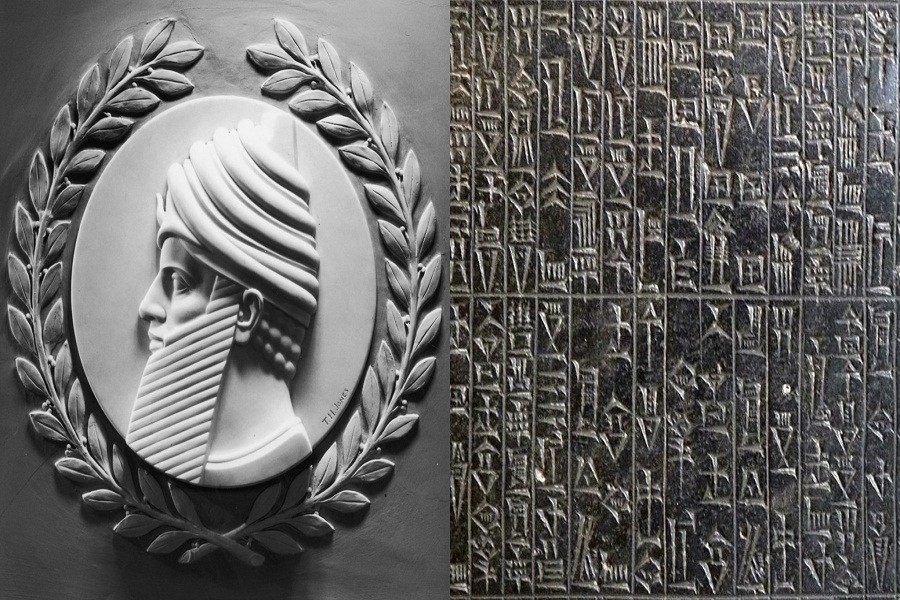Mesopotamia is called the 'cradle of civilisation' for a reason. Not only was it one of the earliest human civilisations, but Mesopotamian kings were rolling out codified laws more than 4000 years ago.
The Babylonian king Hammurabi propagated one of the earliest and most extensive ones.
The sixth king of the first dynasty, Hammurabi, brought the whole of Babylonia under the city of Babylon. He ruled between 1792-1750 B.C.E., and the united Babylon he created lasted until the arrival of Cyrus the Great in 537 B.C.E.
The code was a collection of the king's rulings concerning different issues. It was publicly displayed on a stone slab in the temple of the Babylonian god Marduk, or Shamash, in the city of Sippar.
Hammurabi's code consists of 282 laws. They touch on diverse areas, e.g. marriage, divorce, theft, assault, debt, slavery, commerce etc.
According to author Charles Horne, he was one of the earliest rulers to publicly proclaim an entire code of law, categorised so that the people could find and read the relevant sections easily. The code emphasised equal retribution for the victim, exemplified by the concept of 'an eye for an eye and a tooth for a tooth.'
The code of Hammurabi was first discovered in a French-led expedition to Susa in 1901, once a thriving city of the Elamite Empire, now in Iran.
Egyptologist Gustav Jéquier was the one who found three pieces of the stone slab. Rejoined, it was a seven feet four inches tall stone on which the code was written in cuneiform script in the Akkadian language.
Experts believe that the city was plundered several times when Babylonia went into turmoil following Hammurabi's death. In 1150 B.C.E., the Elamite King Shutruk Nakhunte invaded Babylonia and looted the temple of Marduk in Sippar. The code was taken to Elam with the riches.
Following rediscovery, it was found that the top of the code is decorated with the image of the god Shamash. This was followed by a piece exalting Hammurabi as the lawgiver designated by the gods.
It also stressed the code's main purpose to ensure there is no oppression of the weak by the strong. Then the laws were categorised and described and ended with a description of the king's greatness.
Did the code was entirely the product of Hammurabi's mind? French professor Dominique Charpin opined that it is not. Hammurabi, he argued, took many things from the older Mesopotamian codes.
One example is the code of Ur-Nammu which came more than 300 years before Hammurabi. The previous code of the Lipit-Ishtar and the laws of Eshnunna also influenced it. But he also added his own spin to things.
Hammurabi was probably one of the earliest kings to institutionalise the rule of law by framing the code. Instead of ruling simply by the right of conquest, he instituted something called ruled by law.
Many civilisations after him used it as a template to declare their own codes.
Hammurabi's code heavily influenced the later Middle Assyrian Laws or the Neo-Babylonian Laws. Even some of the language in the Bible is similar to the code, which referenced 'eye for an eye, tooth for a tooth.'


